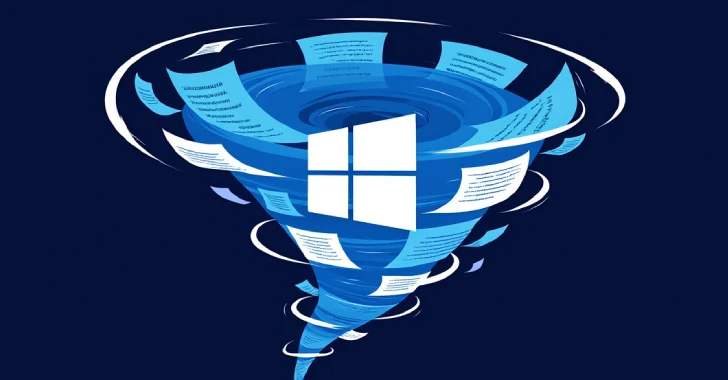A newly identified vulnerability, termed Pixnapping, has been discovered in Android devices from manufacturers such as Google and Samsung. This flaw enables malicious applications to clandestinely extract sensitive information, including two-factor authentication (2FA) codes and Google Maps timelines, without requiring user permissions. The attack operates by capturing screen data pixel by pixel, leaving users unaware of the intrusion.
The Pixnapping technique was unveiled by researchers from the University of California (Berkeley), University of Washington, University of California (San Diego), and Carnegie Mellon University. This method exploits Android APIs and hardware side-channels to bypass existing browser security measures and access data from non-browser applications like Google Authenticator. Remarkably, a malicious app can execute this attack and retrieve 2FA codes in under 30 seconds.
The researchers highlighted that Android APIs allow attackers to replicate attacks similar to those described by Paul Stone, but outside the browser environment. Specifically, a malicious application can manipulate victim pixels into the rendering pipeline via Android intents and process those pixels using a series of semi-transparent Android activities.
The study focused on five devices from Google and Samsung running Android versions 13 to 16. While it’s not confirmed if devices from other manufacturers are susceptible, the attack methodology is present in all devices running the Android operating system.
A significant aspect of this attack is that any Android application can execute it, even without special permissions in its manifest file. However, the attack requires that the victim installs and launches the malicious app.
The side-channel facilitating Pixnapping is known as GPU.zip, a compression feature in modern integrated GPUs (iGPUs). This feature was previously disclosed by some of the same researchers in September 2023. The attack leverages GPU.zip to perform cross-origin pixel stealing attacks in the browser using SVG filters.
The current attack combines GPU.zip with Android’s window blur API to leak rendering data and enable data theft from victim applications. A malicious Android app sends victim app pixels into the rendering pipeline and overlays semi-transparent activities using intents—an Android mechanism for navigation between applications and activities.
In practice, the malicious app invokes a target application containing sensitive information (e.g., 2FA codes), causing the data to be rendered. The rogue app then isolates the coordinates of target pixels and uses a stack of semi-transparent activities to mask, enlarge, and transmit those pixels via the side-channel. This process is repeated for each pixel, effectively reconstructing the sensitive information.
The researchers identified three factors contributing to Android’s vulnerability to Pixnapping:
1. The ability of an app to send another app’s activities to the Android rendering pipeline using intents.
2. The capability to induce graphical operations, such as blur, on pixels displayed by another app’s activities.
3. The ability to measure pixel color-dependent side effects of graphical operations.
Google is tracking this issue under the CVE identifier CVE-2025-XXXX. Users are advised to exercise caution when installing new applications and to keep their devices updated with the latest security patches to mitigate potential risks associated with this vulnerability.



